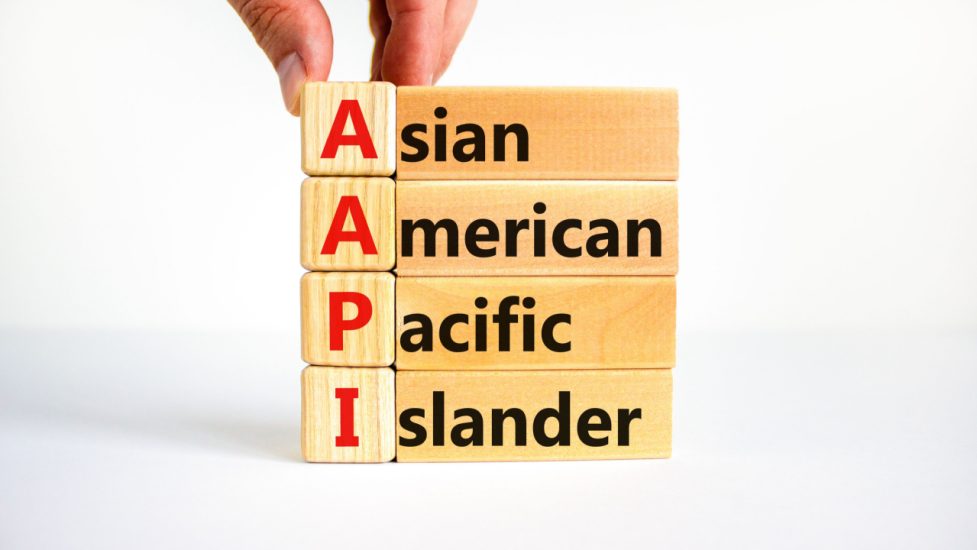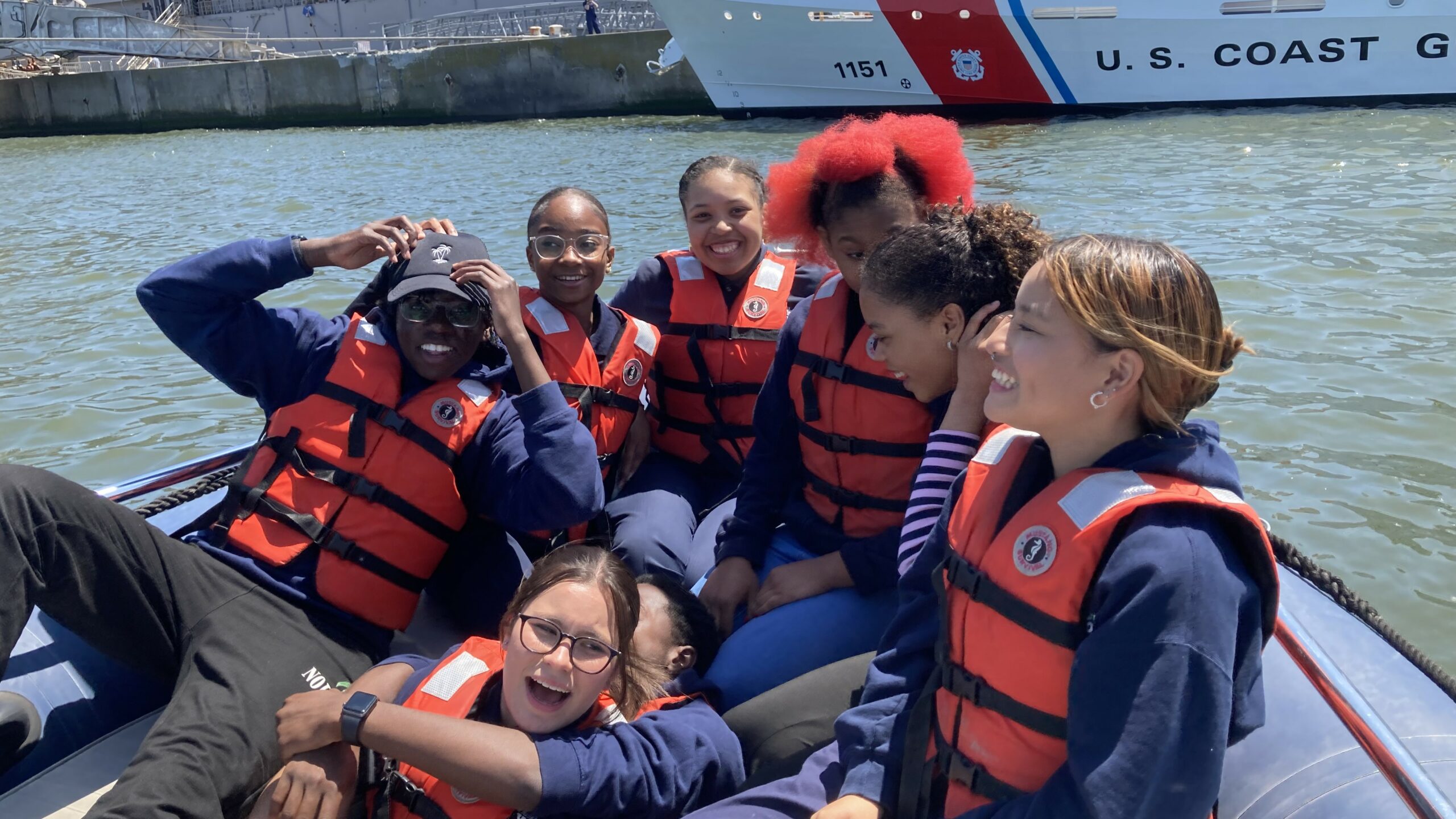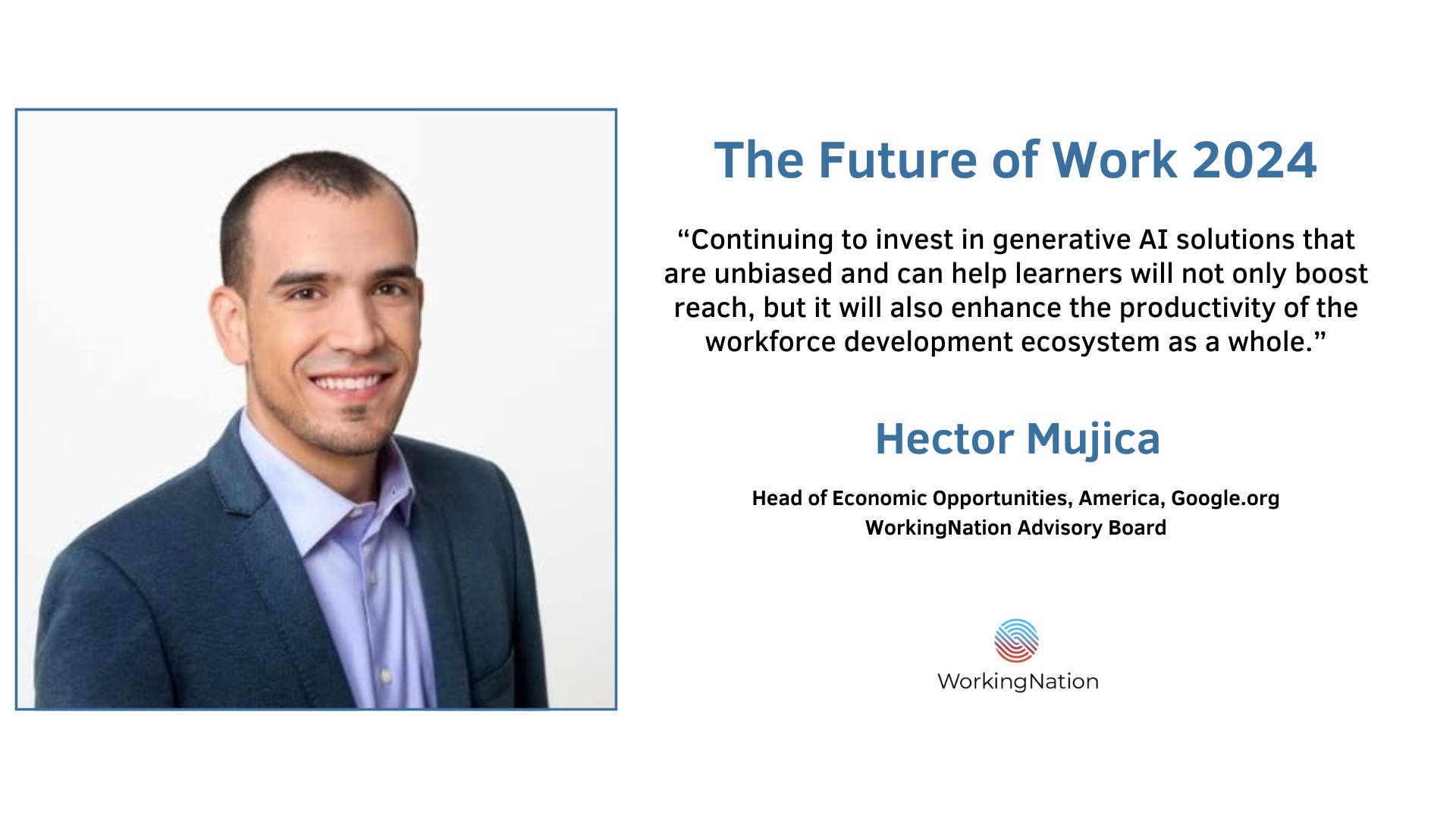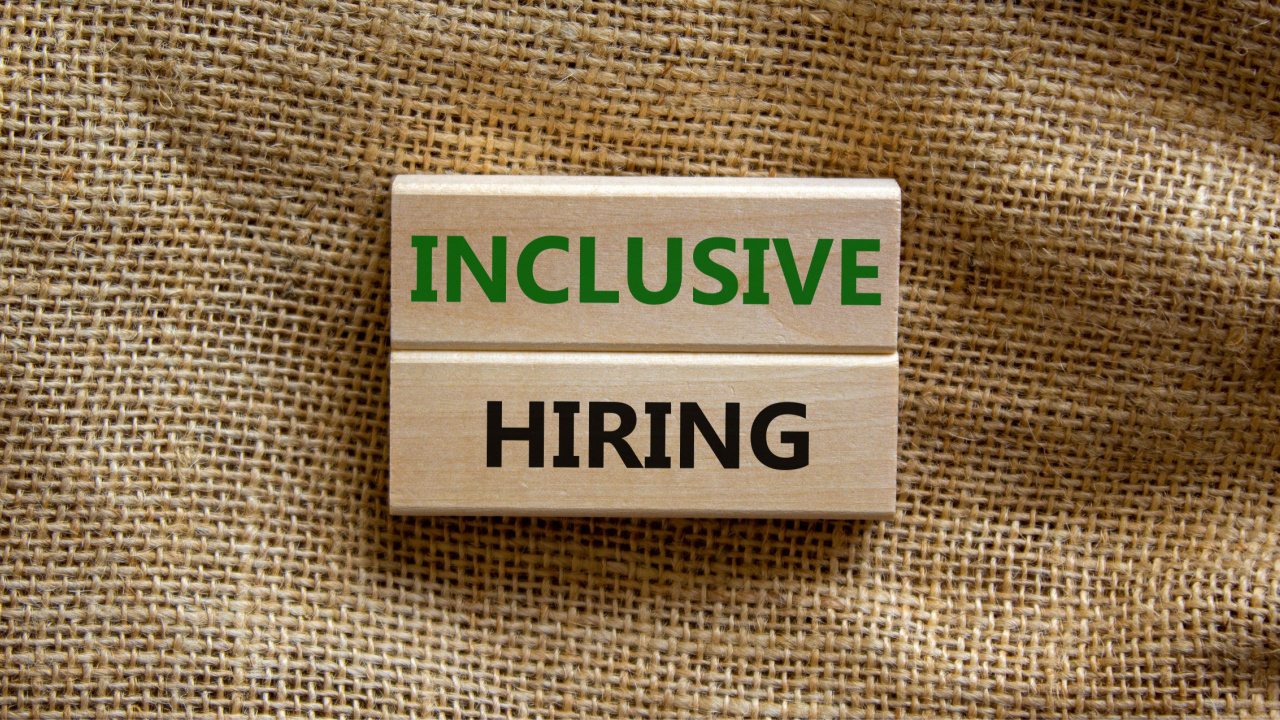“We want to develop [AAPI] leaders so that they can really be this catalyst to make changes in the workplace and also in society at large,” says Anna Mok, president and co-founder, Ascend. She notes, “We’re now the largest global network focused on advancing Pan-Asian professionals in the workplace and corporate boardrooms.”
Ascend is a network of a professionals and executives from Fortune 500 companies who volunteer their time – Mok among them.

“There’s a big gap between what we perceive a leader to look, sound, and act like compared to, perhaps inherently, what’s more natural to us. All of those things which are rooted in us, we need to close that gap a little,” she says.
“It doesn’t mean I suddenly act like whatever is that standard. But I do have to close the gap.”
Noting, “We are not bystanders,” Ascend released its 5-Point Action Agenda in November 2022. Among those actions – “advocate for a diverse and inclusive workplace and society.”
Mok explains, “We are a career lifecycle organization. We have a corporate boardroom effort, meaning we have a network of Asians who serve on corporate boards, but we also have student chapters. It’s a career lifecycle meaning we are there with our members and working with the companies on all levels of their workforce.”
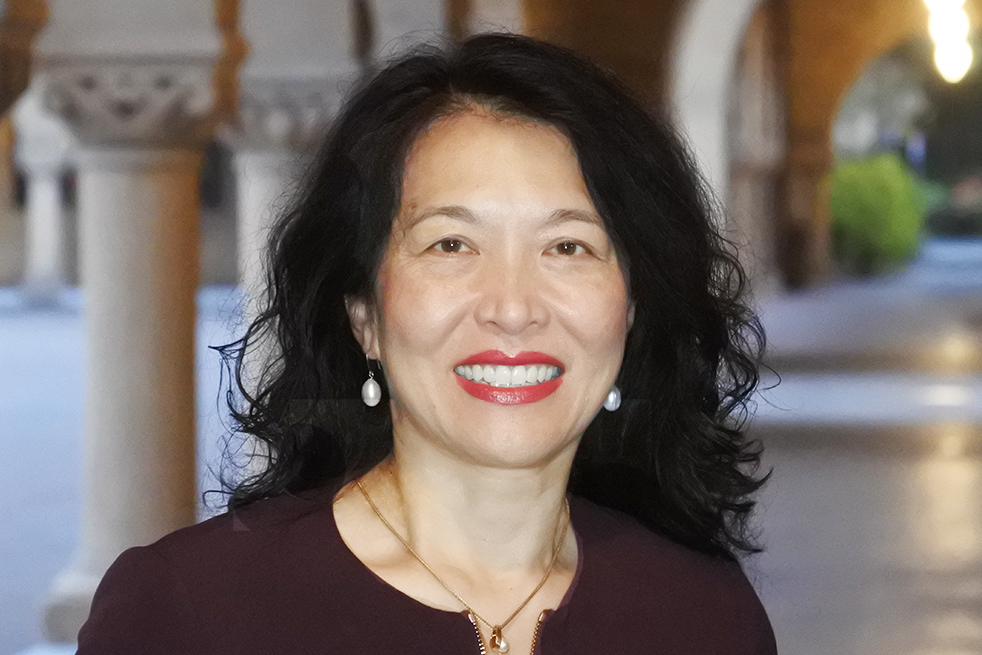
“We are on about 40 campuses. We have chapters that bring professionals to the students and help them prepare for interviews, help them land first jobs. We’re not on all campuses so we do offer some virtual programming for students,” says Mok.
“We also know a lot of students aren’t on these major campuses. They might be going to community college. They might be going to different non-traditional schools.
“If you want to take the full richness, especially if you want to capture Pacific Islanders and other segments of our population, there needs to be more attention given to what we call the AANAPISI (Asian American and Native American Pacific Islander-Serving Institutions) schools.”
Mok says, “I’m starting to see some employers do a little bit more with some of these AANAPISI schools and basically going to recruit from less traditional places.”
The lack of funding for AAPI communities
Asian American and Pacific Islander organizations are stunningly underfunded.
“A statistic that really stands out to us is essentially AAPI communities are receiving 0.2% of charitable giving from foundations,” notes Georgette Bhathena, chief programs officer, The Asian American Foundation (TAAF). “Because of this, we’re focused on underrepresented groups, looking at seats of power across industries.”
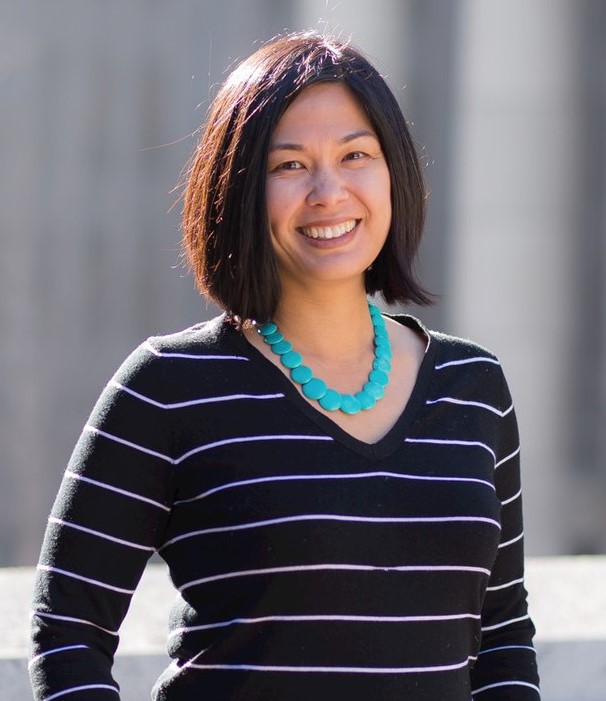
Bhathena continues, “One thing to note is that there’s high income inequality amongst Asian Americans in terms of the top and the bottom median household incomes. I think that intra-racial group income disparity is also of significance.”
She says it’s important to recognize that the AAPI population is not a monolith. “There are some harmful myths out there in terms of AAPIs falling into that model minority myth – that we’re one homogenous group, that AAPIs are financially secure, and well represented when we know that our communities are very diverse and also have wide-ranging and disparate needs.”
Mok also says the Asian community is not a monolith, but a mosaic. “We are made up of so many communities. If you are a company, if you are a funder, you don’t even know where to start. Which part of the community is more important, less important? In some ways, the ‘not a monolith’ is rich for us, but also creates a complexity if you’re a funder.”
Regarding data on AAPI communities, Bhathena says, “I think there’s a lot of room to grow. There’s a lack of disaggregated information and data. But to the extent that there can be more of that specific data for different underserved groups within the AAPI community that will only serve and garner more resources for these particular groups and their unique needs.”
Bhathena notes that TAAF’s portfolio strategy – over the next five years – aims to unlock additional resources, including multi-year grantmaking. She adds, “Part of our portfolio strategy is to provide capacity strengthening and leadership development for AAPI leaders where historically they haven’t received those kinds of supports.”
Looking forward
Founded in 2021, Bhathena says TAAF has accomplished a lot, but adds, “Our ambition is to do a lot more, right? And to see more impact in partnership with our grantee partners and community. We’ve seen a lot of headway in the last two years, but we’re hoping to encourage others to invest in the AAPI community because it’s so important.”
She stresses, “Our mission is to serve the Asian American and Pacific Islander communities in the pursuit of belonging and prosperity free from discrimination, slander, and violence. I would really underscore the importance of belonging, as well as prosperity.”
Mok – who says she is generally optimistic – explains, “We are still at the very early stages of really driving and believing we are in a movement. We have to keep our energy right and focus on these issues.”
“We’re not quite cohesive as a community. We have many different views. We are very diverse even in the workforce,” notes Mok, but she adds, “We have a place in work. We have a voice and our voice matters.”

